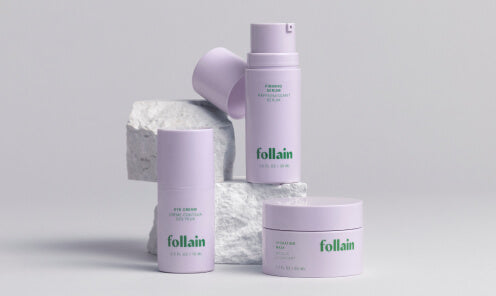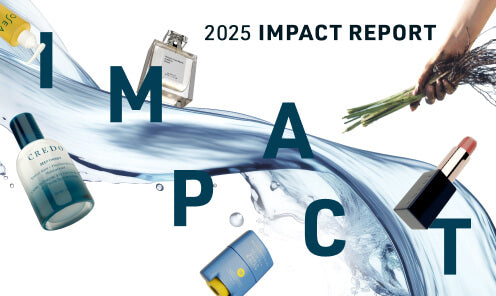Sustainable Packaging content section
Last Update: June 2020
PHASE 1: REDUCE & RECYCLE by 2021
Prohibit single use masks, wipes and sample sachets - June 2021
Masks and wipes are easy and convenient, but they’re inherently wasteful. We hope to see more reusable and innovative options for these categories
We asked brands to stop using little spatulas and other materials that are bound for the landfill, and we’re evolving our sampling program--no more single use sachets/packets. In our stores, a Credo member will be happy to dram product that people want to try at home, so that we’re not encouraging thoughtless consumption of little packets that often end up as pollution
PHASE 2: BETTER MATERIALS by 2024
Require brands to replace virgin petrochemical plastic with 50% or more recycled plastic content, or use a more sustainable material like glass or metal, by June 2024
- Recycled materials have a lower carbon footprint and don't require next oil and gas extraction
- Requiring more recycled content will increase both the supply and demand. If there is a market for recycled content, it will have more value, and recycling facilities and packaging suppliers will work to get more of this material into containers instead of less sustainable virgin plastic
The little chasing arrows triangle on packaging doesn’t mean the package is recyclable. Even the fact that your municipality accepts the material in the single stream blue bin doesn’t mean it is likely to be recycled. Only plastics #1, #2 and (sometimes) #5 are recycled in most locations, and glass and metal have lower rates than most people think, too….
Therefore, Credo requires that plastic packages be identified with resin ID codes (numbers 1-7) and/or abbreviations (PET, PP, Mixed) so that people know how to dispose of them. “Wishcycling”--throwing everything in the recycling bin and hoping for the best--isn’t working, and actually only makes the recycling system less effective.
PHASE 3: SMART DESIGN- Ongoing
Brands cannot imply packaging is compostable or recyclable if it is not, and must provide clear, accurate disposal instructions in an effort to help improve the overtaxed, contaminated recycling stream
Few Americans have access to composting systems (outside of yard waste collection), and most people aren’t composting at home (but please try it--home composting is so awesome and quite easy!). And, since landfills are so inhospitable to the worms, bugs, microbes and other natural elements needed to break down materials, “compostable” claims don’t mean much
PHASE 4: CIRCULAR SYSTEM- Ongoing
Credo is putting a big emphasis on refillable packaging systems: durable containers the customer keeps and refills with new product, in packaging designed to be environmentally preferable
- Reducing the amount of packaging is the most important first step--less is more when it comes to packaging design
- Refillable packaging is the future--think of a shampoo bottle you keep for a year or more, and you simply purchase the refill pouch (which has been designed to use as little material as possible)
- We need to be designing packaging for zero landfill waste whenever possible.

Credo's Sustainable Packaging Guidelines are ambitious. With partners up and down the supply chain, and with clear support from our customers, we are going to meet these milestones and then keep going. Sustainability is a journey, not a destination.














